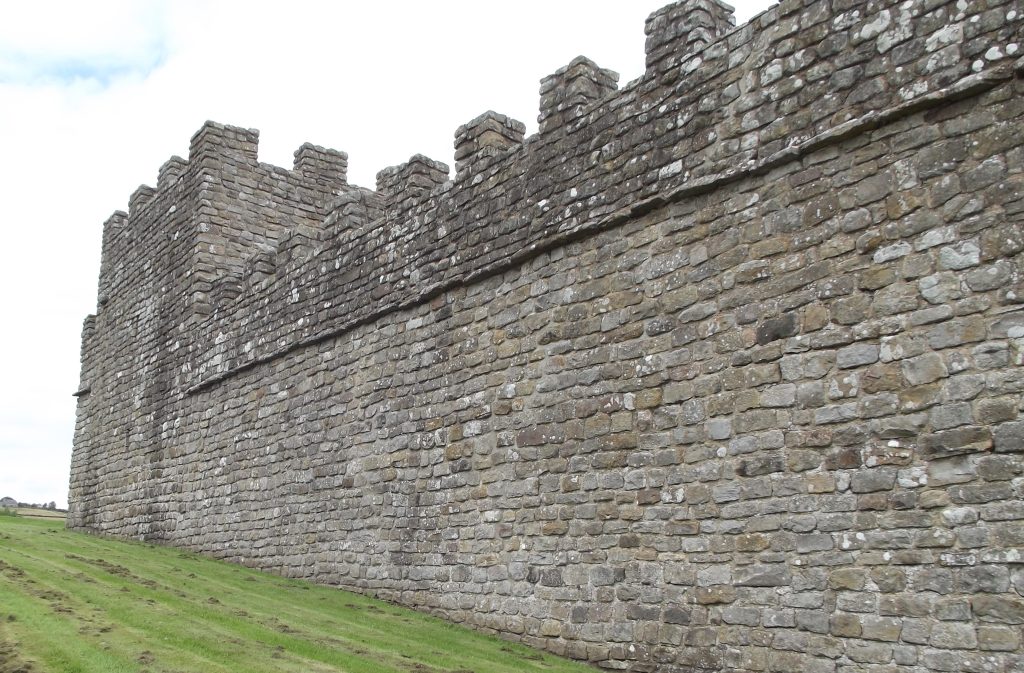Clayton Family Papers & Hadrian’s Wall

The site at Vinolanda
Nicola Whiteside of the Archive Service at Woodhorn has recently completed work on the Clayton Family papers and reveals some of the interesting details gleaned from the documents.
The Clayton project involved cataloguing about 120 documents, predominately deeds, with a date range of 1691 to 1927. John Clayton is certainly the central figure amongst the members of the Clayton family who are named within the deeds. His interest in archaeology is widely recognised; an English Heritage article refers to him as ‘the man who saved Hadrian’s Wall’. The deeds reveal the extent to which he bought up land in the vicinity.
The deeds reveal what you would expect; legal, formulaic, documents providing details of ownership, use of the land, descriptions of plots etc. Some are beautifully ornate either the handwriting itself or the images on the title page, some have plans, some, however, were a challenge to read due to 17th century manuscript. The 1892 surrender of land near Acomb by Nathaniel George Clayton to his son, George Savile Clayton “in consideration of natural love and affection” reveals emotion within an otherwise ‘dry’ legal document.
The deeds detail the transactions leading up to the actual agreement in question, therefore it was possible to learn something about the history and ownership of the land or property. The earliest mention of a ‘Roman or Picts Wall’ was in 1654, referred to in a deed dated 1834. The Roman Wall was referred to in terms of land boundaries, predating our modern connections with Hadrian.
The Sycamore Gap tree was sadly felled while this project was being undertaken. One deed referred to John Clayton planting trees stating that:
“three trees […] to stand and grow up without any power to cut down the same it being intended by the said parties hereto that the said trees shall remain standing until they shall naturally decay”
The trees mentioned were approximately ten miles from Sycamore Gap.
One deed that stood out related to the conveyance of some land at Henshaw in 1873. The main parties to the transaction were women, which is less common for its time. Accompanying the deed was a ‘Certificate under the Deeds of Married Women Act’ whereby the women involved were examined to ensure that they “freely and voluntarily consented” to the sale. I had not seen this type of certificate before.
The project concentrated on cataloguing the deeds and making the collection accessible. The collection can be searched using the prefix ZCY via the Northumberland Archives online catalogue and the National Archives Discovery catalogue. The documents themselves are available to researchers in the Woodhorn search room. Additionally, the project generated social media posts, blogs published on the Northumberland Archives website, two community sessions and a County Hall talk will be held (date to be confirmed).

A Reconstruction at Vinolanda of what the wall may have looked like
